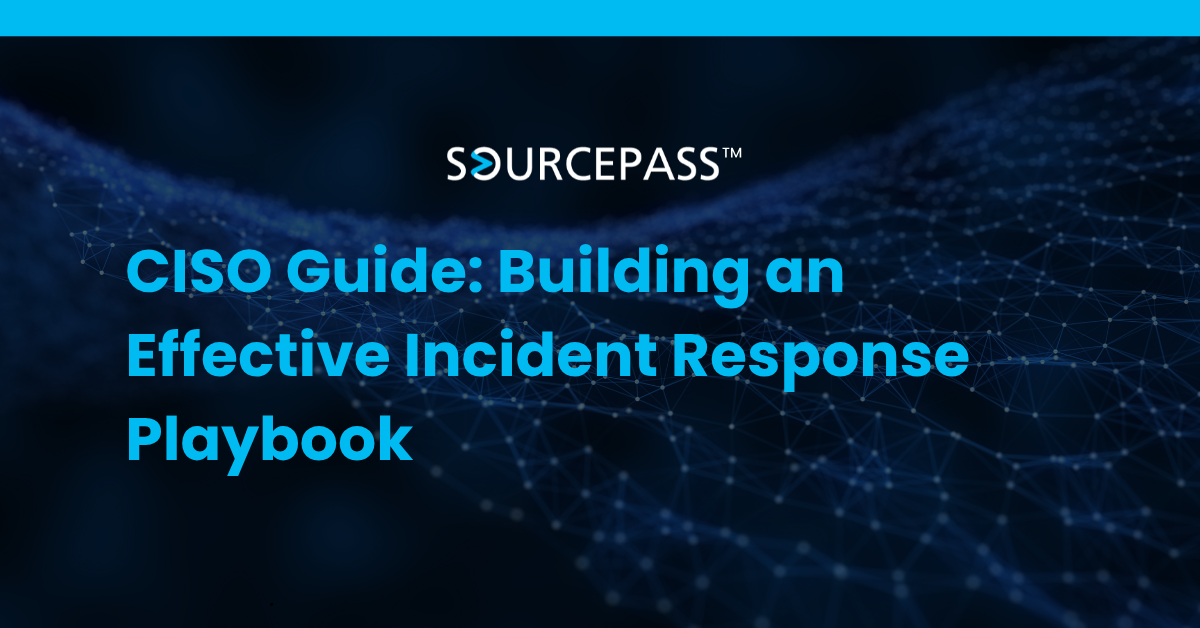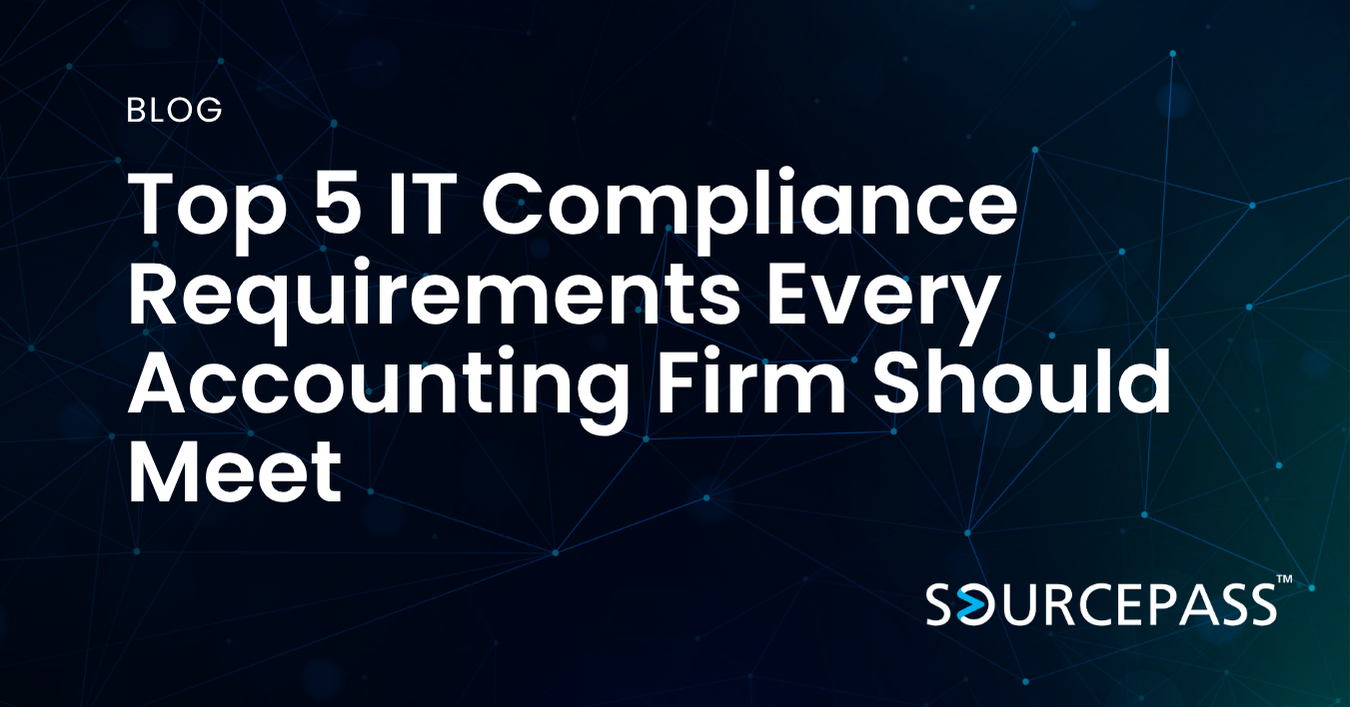CISO Guide: Building an Effective Incident Response Playbook
Oct 16, 2025 Alex Davis Strategy & Modernization | Cybersecurity 2 min read



A well-defined incident response playbook is essential for managing cyber threats with speed, clarity, and precision. For CISOs, it serves as the operational backbone during security incidents—aligning teams, isolating impact, and restoring business continuity. Without a playbook, response efforts risk confusion, delays, and greater damage.
This guide outlines how to structure an actionable incident response playbook that strengthens resilience and builds executive confidence.
Why Every CISO Needs an Incident Response Playbook
Cyber incidents are no longer a question of if but when. Having predefined roles, procedures, and communication plans ensures organizations can act decisively in the critical first moments of detection. A playbook also supports regulatory compliance, insurance requirements, and stakeholder assurance.
Core Phases of an Incident Response Playbook
1. Preparation
Preparation sets the foundation. This phase includes asset inventories, access controls, backup validation, and defining roles across IT, legal, communications, and executive leadership. Conduct training and tabletop exercises so teams know their responsibilities before an incident occurs.
2. Identification
Rapid detection is critical. Use SIEM, EDR, and threat intelligence tools to recognize anomalies, suspicious behavior, or confirmed breaches. Playbooks should include clear criteria for severity classification and escalation triggers.
3. Containment
Containment limits damage. Define short-term steps such as isolating compromised endpoints and revoking credentials, followed by long-term containment actions like applying network segmentation and disabling vulnerable services.
4. Eradication
Once contained, remove the root cause. This may include deleting malicious files, patching exploited vulnerabilities, and verifying there are no backdoors or persistence mechanisms left by attackers.
5. Recovery
Controlled restoration ensures stability. Restore clean backups, re-enable systems in phases, and continuously monitor for abnormal activity. Recovery procedures should include validation checkpoints before resuming full operations.
6. Post-Incident Review
Every incident provides lessons. Conduct after-action reviews, document timeline and decisions, and refine the playbook. Share findings with executive leadership to drive improvements in people, process, and technology.
Essential Components of a Playbook
Roles and Responsibilities
Define who leads technical response, legal coordination, communication, HR involvement, and executive reporting. Assign alternate contacts to maintain continuity.
Communication Framework
Detail internal and external communication templates, notification timelines, and legal obligations around breach disclosure. Establish secure channels for coordination during active incidents.
Technical Response Procedures
Include step-by-step runbooks for common scenarios such as ransomware, phishing compromise, insider threats, DDoS attacks, and cloud breaches.
Documentation and Evidence Handling
Establish protocols for preserving forensic evidence, including system logs, server snapshots, and chain-of-custody requirements to support legal or insurance claims.
Integrating Automation and SOAR
Automation platforms can trigger containment actions, alert key stakeholders, and synchronize ticketing systems. When integrated with SIEM and EDR tools, automated response reduces mean time to respond (MTTR) and enforces consistency across playbook actions.
Regulatory and Compliance Alignment
Include compliance mappings for requirements such as GDPR, HIPAA, PCI-DSS, or state-specific privacy laws. Breach notification requirements must be reflected in communication timelines and escalation procedures.
Continuous Improvement and Testing
An incident response playbook is a living document. Schedule quarterly reviews and conduct simulated exercises to validate readiness. After each drill or real incident, update documentation to reflect lessons learned and evolving threat landscapes.
Frequently Asked Questions (FAQ)
How often should an incident response playbook be updated?
At least annually, or after any major incident, technology change, or regulatory update.
Do small organizations need a full playbook?
Yes. Scale may differ, but even small teams need defined procedures to avoid chaos during incidents.
What tools support incident response automation?
Security orchestration, automation, and response (SOAR) platforms integrate with SIEM and EDR to automate containment and notification.
Should legal and PR teams be included in the playbook?
Absolutely. Legal counsel manages regulatory exposure, while PR ensures consistent messaging during breach communications.
Can playbooks be customized for different incident types?
Yes. Create scenario-specific procedures for ransomware, data exfiltration, insider threats, and third-party breaches.
Subscribe To
Sourcepass Insights
Sourcepass Insights
Stay in the loop and never miss out on the latest updates by subscribing to our newsletter today!
.png?width=500&height=100&name=White%20Logo%20-%20Transparent%20Tag%20(3).png)



